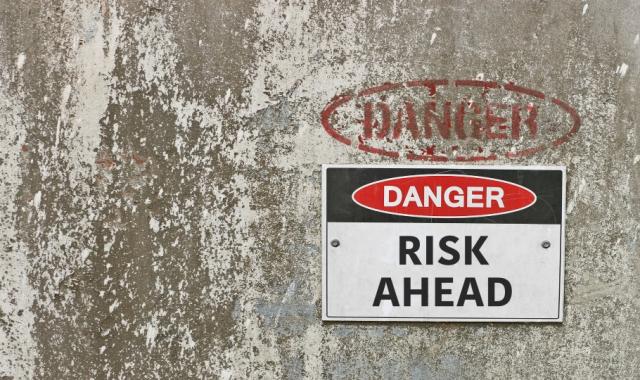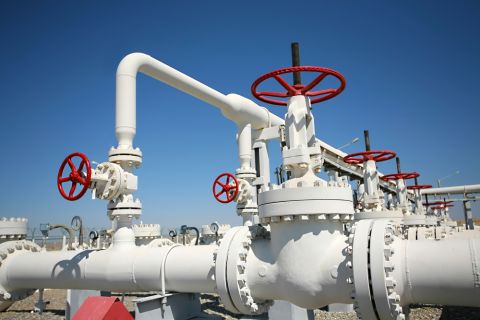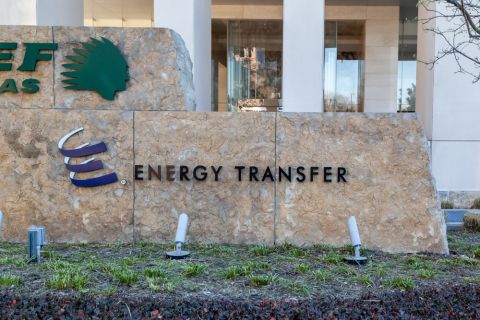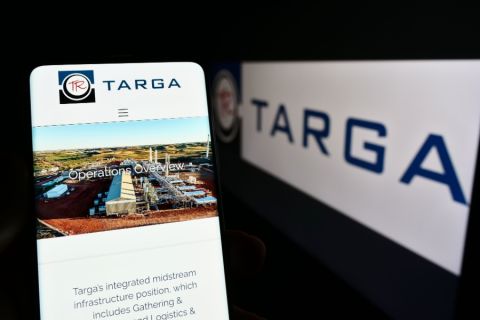
Offshore hydrocarbon processing operations produce toxic and combustible gases, which can create serious hazards if they escape into the air. Toxic hydrogen sulfide (H2S) and combustible methane (CH4) are among the most widely produced and most dangerous industrial gases. H2S is usually well controlled; however, H2S is pervasive in many areas such as mud logging units, mud pit room, drilling derrick and mud gas separator, a well test, and many others. Leaks could also occur when drillpipe is pulled out of the well too quickly or during flaring of formation fluids. CH4 releases can be huge from offshore oil platforms, released as a result of gas flaring and venting storage tanks, dehydrators, and pig launchers. Because H2S and methane levels can be harm to workers and lead to explosions, they must be monitored on a continuous basis to keep everyone safe.
To minimize risk to personnel and plant safety, offshore facilities often deploy early warning devices such as gas detection systems, which require expensive infrastructure and seldom cover all potential leak points. This concern is driving a trend toward augmenting existing wired gas detection coverage with wireless sensors, which can significantly increase monitoring coverage with minimal new financial outlay.
Limitations of wired gas detection
A typical gas detector identifies and monitors gas leaks, outputting an electronic signal such as a 4-20 mA, HART, or Modbus wired signal to a dedicated fire & gas (F&G) system, controller, PLC or control room which sets alarms, automatically operates HVAC, deluge, and fire suppression control systems or guides corrective action. For toxic gases, those signals represent the presence of gas in parts per million (ppm). For combustible gases, they represent the percent of the lower explosive limits (LELs).
Gas detection systems covering the most critical points have traditionally been specified at the FEED of the platform, but coverage for all possible points is typically not financially feasible. The cost of wiring one new gas measurement point on an offshore platform can easily exceed $50,000 per device. Filling this need with wired sensors is especially prohibitive on offshore facilities because there is minimal workable space to add wiring or other necessary infrastructure.

The wireless connection
Wireless technology, however, can reduce the cost of improved monitoring by up to 90% while also making the plant or drilling platform and FPSO much safer. This makes it cost-effective to add sensing devices at multiple remote locations, detecting leaks that a limited number of wired units might not notice until the situation had advanced to more harmful levels.
Figure 1 shows the exterior of a wireless gas detector with all the built-in protections necessary for deployment on inside and outside hazardous area locations.
Once the sensor takes the measurement, the wireless devices send signals to a wireless gateway which can be connected to a fire and gas control system, fire station, distributed control systems or programmable logic controller host for processing. The wireless signals may be designed using any network protocol, although, as will be discussed later, standard open protocols such as Wireless HART have specific advantages.
Data from multiple monitoring points can also provide predictive and preventive maintenance capabilities. Measuring the amount of background H2S and CH4 in the air and comparing it over time, for example, can provide an early indication of a problem. Maintenance can be dispatched for detailed investigation and needed repair in lieu of checking everywhere during routine maintenance rounds.
Energy efficiency
Gas monitoring is a power hungry operation. Battery life is key to both the economics and performance of a wireless monitor, especially on remote platforms. Newer systems use lithium metal technology which, combined with low-power components and advanced power modules, can extend life well beyond five years, significantly greater than current offerings operating under the same conditions.
Ever-present need
The technology for wireless gas monitoring has advanced significantly. As more end-users adopt wireless devices at the field and plant level, they will likely become an increasingly important fixture in the industrial landscape. The need for safety on offshore platforms is ever-present. As market conditions improve, the increased volume of hydrocarbon processing activities will introduce more potential leakage vulnerability and greater need to assure stakeholders that producers and transporters are doing everything they can to ensure safety.
Recommended Reading
Ozark Gas Transmission’s Pipeline Supply Access Project in Service
2024-04-18 - Black Bear Transmission’s subsidiary Ozark Gas Transmission placed its supply access project in service on April 8, providing increased gas supply reliability for Ozark shippers.
Scathing Court Ruling Hits Energy Transfer’s Louisiana Legal Disputes
2024-04-17 - A recent Energy Transfer filing with FERC may signal a change in strategy, an analyst says.
Balticconnector Gas Pipeline Will be in Commercial Use Again April 22, Gasgrid Says
2024-04-17 - The Balticconnector subsea gas link between Estonia and Finland was damaged in October along with three telecoms cables.
Targa Resources Ups Quarterly Dividend by 50% YoY
2024-04-12 - Targa Resource’s board of directors increased the first-quarter 2024 dividend by 50% compared to the same quarter a year ago.



